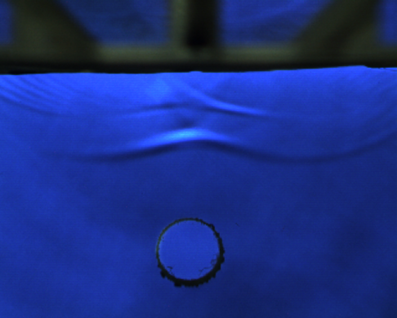Imagine a technique that enables you to “see” inside materials without making a single incision. That’s the power of Phased Array Ultrasonic Testing (PAUT), a highly advanced NDT method that uses ultrasonic waves to inspect the internal structure of various materials. Unlike traditional methods, PAUT offers flexibility, high resolution, and the ability to detect even the smallest flaws, making it an essential tool for industries like aerospace, oil and gas, and manufacturing.
What is Phased Array Ultrasonic Testing?
Phased Array Ultrasonic Testing is a form of ultrasonic testing that uses an array of small ultrasonic transducers. These transducers are individually pulsed at precise times, or phases, allowing the ultrasonic beam to be steered, focused, and swept across the inspection area. This flexibility provides high-resolution imaging of the material’s interior, making PAUT highly effective at detecting internal flaws, cracks, and other defects.
How Phased Array Ultrasonic Testing Works

Here’s a step-by-step overview of the PAUT process:
- Probe Setup: PAUT uses a multi-element probe where each element can be controlled independently. This setup enables electronic steering and focusing of the ultrasonic beam.
- Beam Steering and Focusing: By adjusting the timing of each element, the beam can be angled and focused dynamically. This process, known as phasing, allows for detailed inspection of complex geometries.
- Data Acquisition: As the beam travels through the material, it reflects off any flaws or boundaries. The reflected signals are received by the probe and converted into digital data.
- Image Reconstruction: Using specialized software, the collected data is processed to generate real-time images of the material’s internal structure, which can be displayed as A-scans, B-scans, C-scans, or sectorial scans (S-scans).
- Flaw Detection and Analysis: The technician interprets the images to identify any flaws. PAUT allows for precise sizing and characterization of defects, which aids in determining their impact on the material’s integrity.
Types of Scans and Their Applications
- Linear Scans: Ideal for weld inspections, corrosion mapping, and crack detection.
- Sectorial Scans (S-scans): Useful for detecting flaws at varying angles, especially for weld inspections where complete coverage is essential.
- C-scans: Provide a top-down view, useful for mapping corrosion or delamination in materials like composites.
Advantages and Considerations
PAUT offers several advantages over traditional ultrasonic testing, including improved inspection speed, greater accuracy, and the ability to inspect complex shapes. However, PAUT requires specialized training and equipment, which can be more expensive upfront. Yet, the benefits in terms of speed, accuracy, and versatility make it a valuable investment for industries requiring high-quality inspections.
For more detailed insights into PAUT and its applications, feel free to reach out. Let’s explore how this cutting-edge technology can enhance your inspection capabilities!
Get in contact today to learn more: Contact us